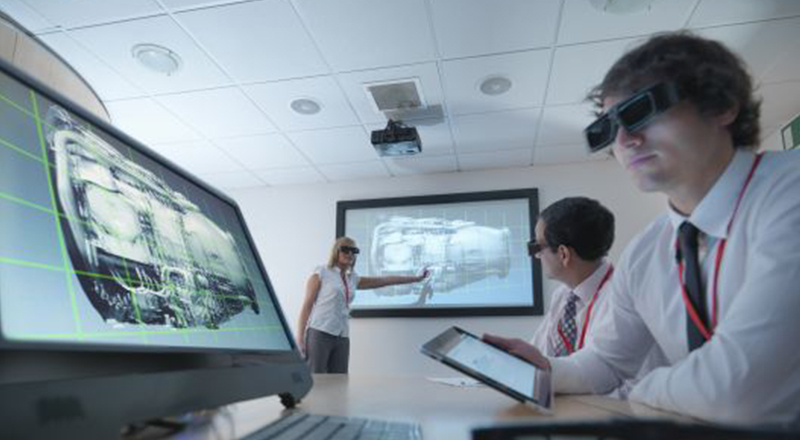Article content
According to an International Workplace Group (IWG) survey, Australia is one of the frontrunners in the adoption of flexible working arrangements. Almost 50% of Australian employees work remotely for half the week while two-thirds work at least one day outside the office.
While 4G will continue to improve as 5G is being rolled out, we also must get ready for a future where people do more work video calls while in transit, access intensive cloud applications before a flight, or monitor entire fleets of connected vehicles in a smart city on their mobile devices.
In fact, there’ll be a projected five times the amount of data in five years (FY16 – FY20) with up to 70% of mobile traffic to be video. [1]
With faster speeds and lower latency there’s massive potential for 5G to add value to all areas of business. How will 5G benefit your workforce?
Powering even greater mobility
For employees who are often travelling for work, it’s almost always either a game of hunting for free public Wi-Fi (signing away any privacy or security protection and dealing with slow connectivity) or praying that their phone’s battery won’t die as they tether their work laptop to it to download a large slide pack. In which case, their next mission is to hunt for a power outlet to charge the phone – and start the download all over again.
With a lot of business applications and data stored in the cloud today, secure and fast access is more vital than ever to ensure employees can work without impacting their productivity, even when on the go.
With 5G’s potential for, faster speeds and lower latency, employees can enjoy increasingly seamless connectivity experience using their work-issued device (or even laptops with SIMs!) to securely access cloud environments to download large critical files, perform critical business operations using applications at optimal performance, and not to mention, leverage video calling to better support team collaboration.

Make work smarter and safer
With faster speeds and lower latency, new emerging technologies like Augmented Reality (AR) could be further enabled for work.
For instance, imagine a field technician at a work site working on a complex piece of machinery. Using smart glasses that has a combination of AR and HD video calling capabilities, the technician could call a colleague to get expert help or bring up diagnostic information (e.g. plans, component layouts) that could be overlaid onto the glasses to aid his / her work, in real-time.
In fact, Telstra, in collaboration with Qantas and Microsoft, field tested this very scenario. Using the Microsoft Hololens, we created a mixed reality solution to help Qantas improve the repair time of aircraft grounded after lightning strikes, tracing the problem without pulling anything apart.
Supporting better decision-making in disasters or emergencies
Take the example of the field technician using AR smart glasses and apply that to how a first responder could tap into 5G to access near-real-time information. In their critical work where every second matters, 5G can help aid faster decision-making.
Beyond AR, body cameras relaying live information in HD could also be enabled through the speed and capacity of 5G. Imagine a command centre being able to lean on near-real-time videos to help firefighters, police, search and rescue, paramedics and others to better coordinate operations.
Next wave of 5G use cases
The use cases for 5G will continue to become clearer in time as devices enter the market and the manufacturers continue to identify new ways to tap into the speed and low latency of 5G. From smart cities to mass industrial automation, 5G promises to unleash new potential never before imagined for business.
[1] 2019, Cisco Visual Networking Index (VNI) Forecast Highlights Tool 2017-2022 https://www.cisco.com/c/m/en_us/solutions/service-provider/vni-forecast-highlights.html#

